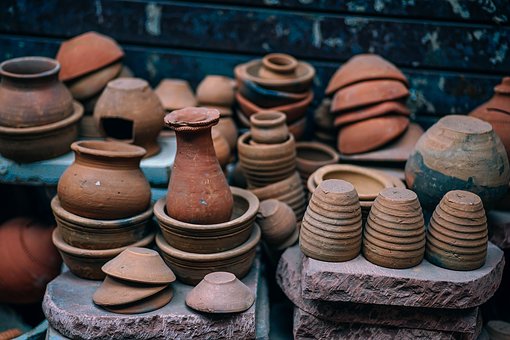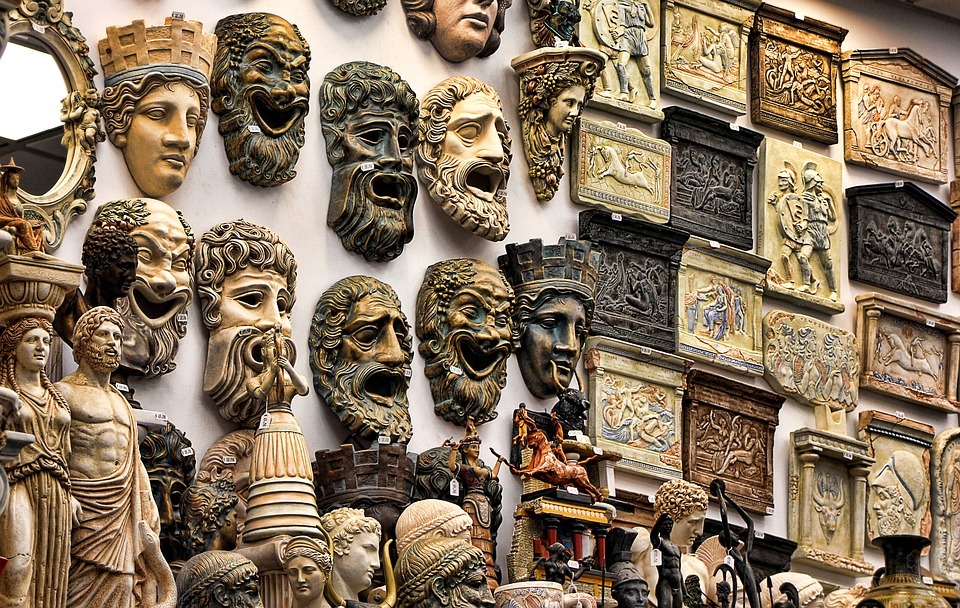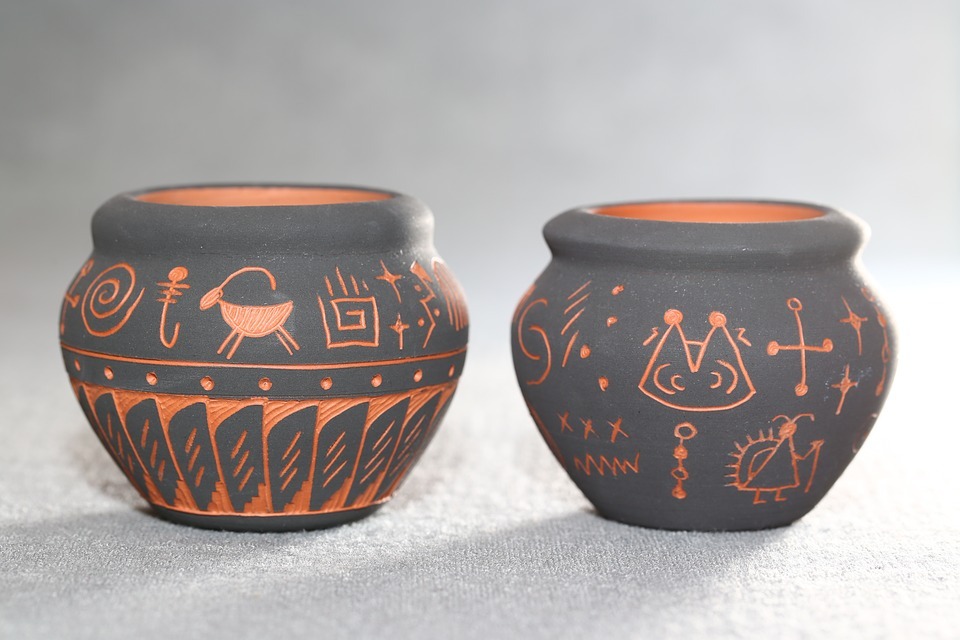Earthenware is glazed or un-glazed non- vitreous pottery that has normally been heated and fired below 1200 °C. After it is fired, earthenware becomes opaque and non-vitreous, soft and capable of being scratched with a knife.
Earthenware: Everything You Need to Know
It was made of selected clays, sometimes mixed with ‘feldspars’ and varying amounts of other minerals, white or light-colored that is with use of, slightly greyish, cream, or ivory colour texture. Pit fired earthenware dates back to as early as 29,000–25,000 BC.
Only earthenware pottery was made, with stoneware gradually developing some 5,000 years ago, but then apparently disappeared for a few thousand years.
Generally, earthenware bodies have higher plasticity than most whiteware bodies and hence are easier to shape. Darker-colored terracotta earthenware, is typically orange or red, due to a comparatively high content of iron oxide, are widely used for flower pots, tiles and some decorative and ovenware.
Earthenware can be produced at firing temperatures as low as 600 °C (1,112 °F) and many clays will not fire successfully above 1,000 °C (1,830 °F). Much historical pottery was fired somewhere around 800 °C (1,470 °F), giving a wide margin of error and there was no precise way of measuring temperature.
After firing, most earthenware bodies would be coloured white, buff or red. For red earthenware, the firing temperature affects the colour of the clay body. Lower temperatures produce a typical red terracotta colour, higher temperatures would make the clay brown or even black.
Higher firing temperatures may cause earthenware to bloat.
In China, ‘sancai glazed wares’ were lead-glazed earthenware, and as elsewhere, terracotta remained important for sculpture. The most complicated earthenware ever made was the extremely rare ‘Saint- Porchaire’ ware of the mid-16th century apparently made for the French court.
After the ceramic figurine was revived in European porcelain, earthenware figures followed, such as the popular ‘English Staffordshire Figures’.
There are other several types of earthenware, including:
- a) Terracotta: a term used for a rather random group of types of objects, rather than being defined by technique
- b) Red ware (America)
- c) Victorian Majolica
- d) Lusterware with special iridescent glazes
- e) Raku
- f) Ironstone China, on the border of earthenware and stoneware
- g) Yellow ware





